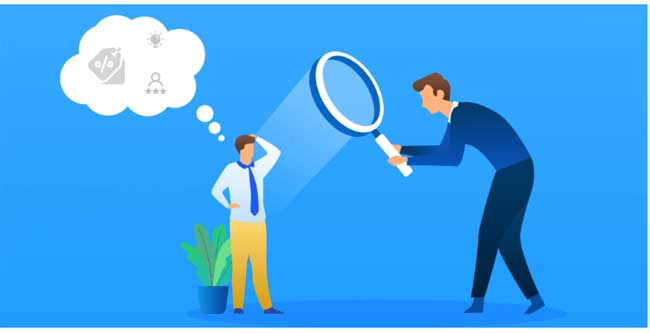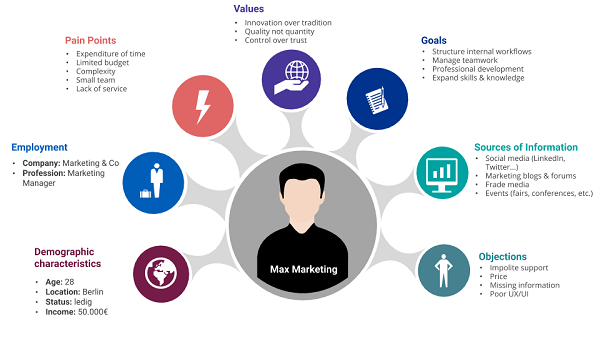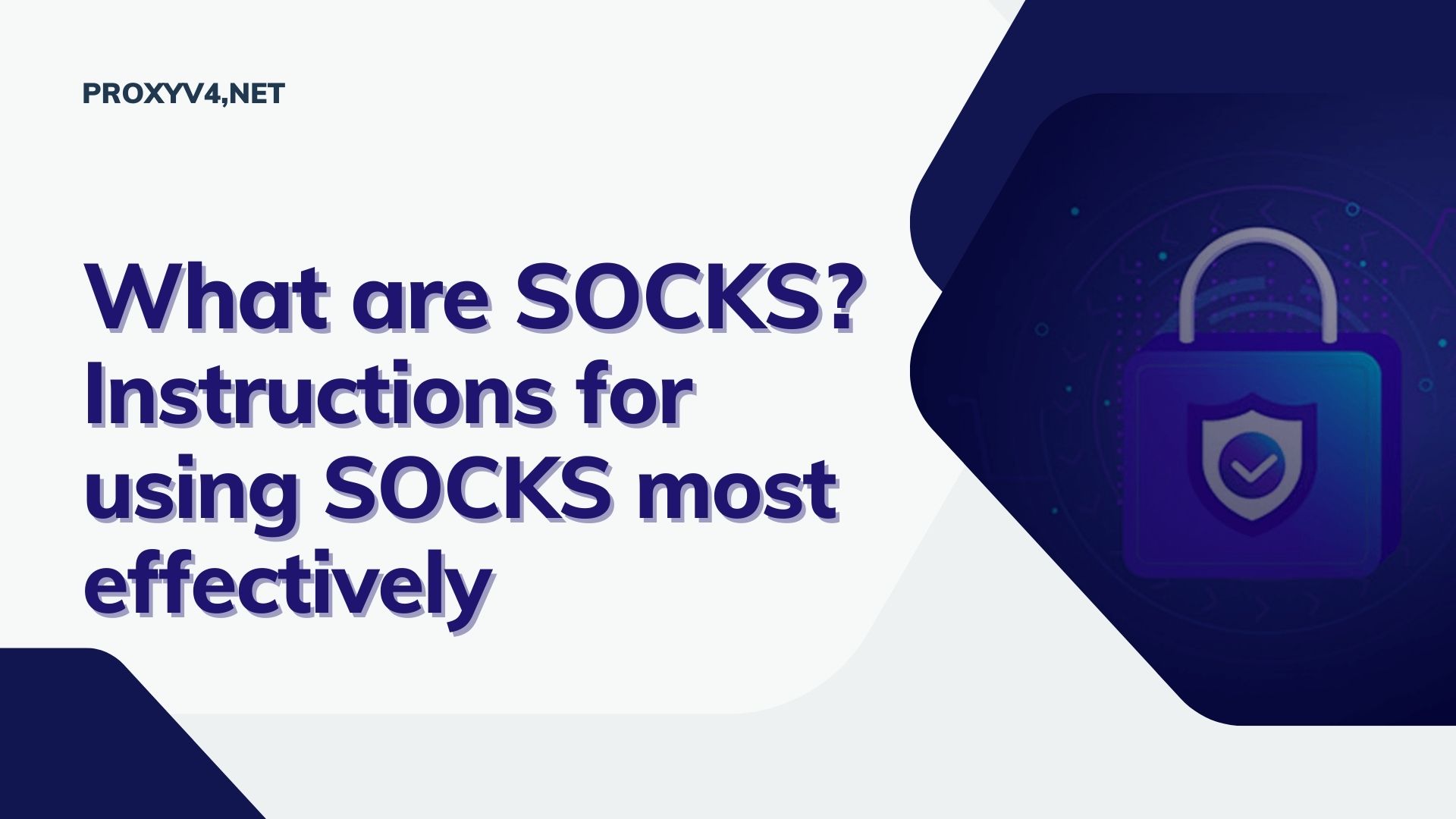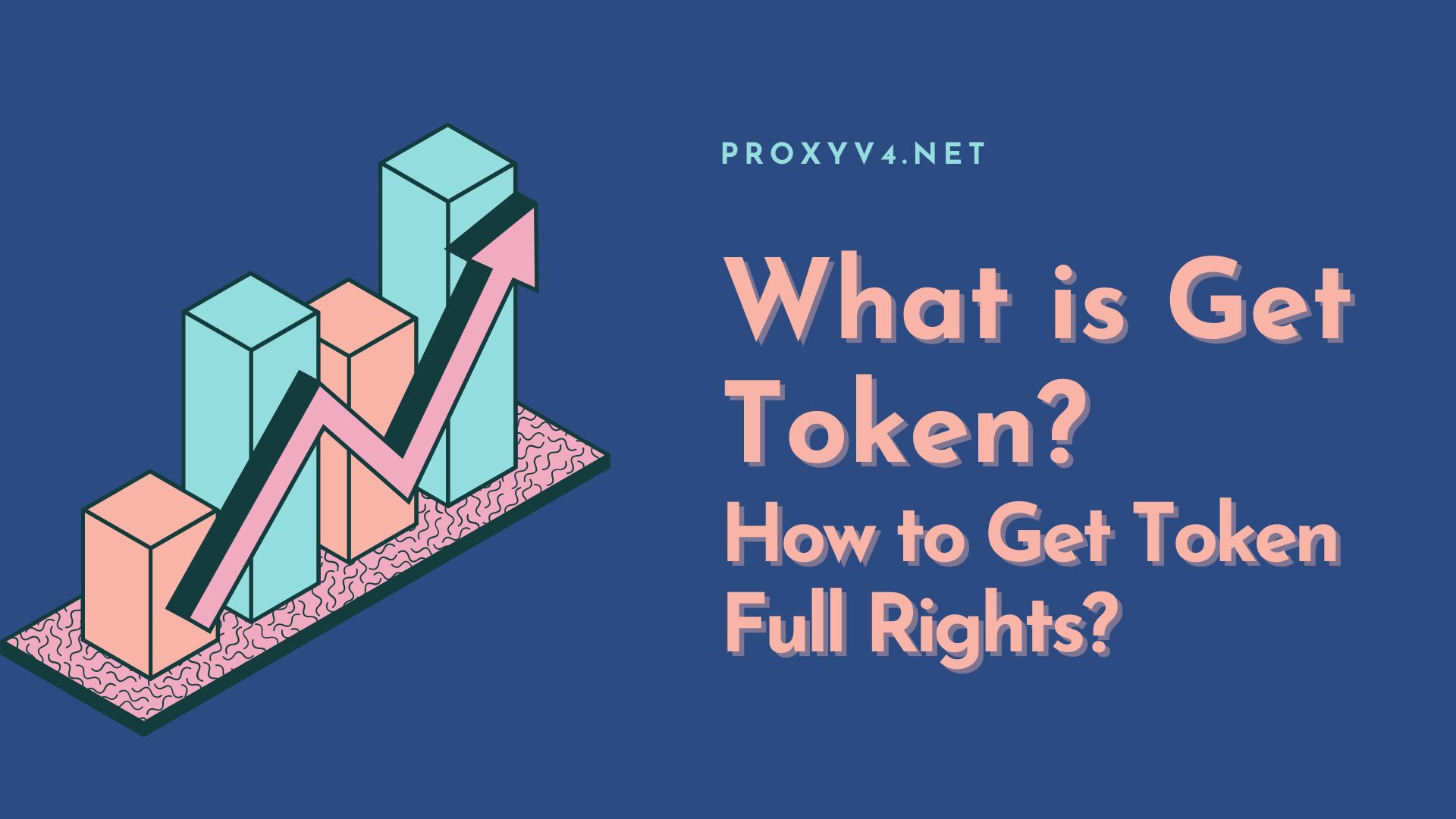In today’s business world, understanding and creating accurate customer personas is extremely important. Not only does it help businesses attract and maintain customers, but it is also a decisive factor in optimizing marketing strategies and business development. In this article, we will learn more about the concept of cWhat is a customer personas and how to determine a customer personas
What is a customer personas?
Customer personas is a detailed description of the business’s target customer group. It includes demographic information, behavior, preferences, needs, goals and key differentiators of that customer group.
Building customer personas is an important step in the marketing strategy of any business. By understanding your customers, businesses can make informed decisions in developing products, services, marketing content, sales channels, and more.

Important components form customer portraits
Forming a customer persona is an important step in marketing and business strategy. A detailed customer portrait helps businesses better understand customer needs, wants, and behaviors, thereby creating suitable products and services. Here are the important components to form a customer portrait:
Demographic Information
Demographic information provides a basic view of your customers and includes factors such as:
- Age: Helps determine the main age group of customers.
- Sex: Male, female, or other gender.
- Academic level: High school, college, university, postgraduate.
- Job: Job, field of work, position.
- Income: Annual or monthly income level.
- Marital status: Single, married, with children or without children.
- Location: Place to live and work (city, country).
Geographic Information
- Geographical location: Country, city, region.
- Habitat: Urban, rural, suburban.
- Climate: Influences the need to purchase and use the product.
Psychology (Psychographic Information)
Psychographic information helps better understand customers’ psychology and lifestyle:
- Life style: Daily habits, leisure activities, hobbies.
- Values and beliefs: What customers value and trust.
- Character: Introvert or extrovert, agreeable or difficult.
- Attitude and motivation: Perspectives on social, political, and economic issues.
Shopping Behavior (Behavioral Information)
Shopping behavior information helps determine how customers interact with products and services:
- Shopping habits: Shopping frequency, shopping channel (online, offline).
- Reason for shopping: Purchasing motivation (work, interests, needs).
- Buying decision: Decision making process, influencers.
- Shopping experience: Satisfaction level, feedback and reviews.
Goals and Challenges (Goals and Challenges)
Understanding customers’ goals and challenges helps businesses provide appropriate solutions:
- Target: What the client wants to achieve (personally, professionally).
- Challenge: Problems and barriers that customers encounter.
Digital Behavior
In the digital era, understanding your customers’ digital behavior is crucial:
- Social media channels: Platforms that customers use (Facebook, Instagram, LinkedIn).
- Online interaction: Type of content they interact with, time spent online.
- Equipment used: Computers, mobile phones, tablets.
- Information sources: Websites, blogs, forums that customers frequently visit.
Benefits of defining customer personas
Identifying customer profiles brings many benefits to businesses, including:
Better understand customer needs and wants
This is the most important benefit of building customer personas. By understanding your customers, businesses can:
- Develop products and services that meet customer needs
- Provide better customer service
- Create more effective marketing campaigns
- Increase customer retention rate
Develop products and services suitable for the target market
By understanding the needs and wants of customers, businesses can develop products and services that are suitable for their target market. This will help businesses increase revenue and profits.
Increase the effectiveness of marketing campaigns
By knowing your target audience, businesses can target their marketing campaigns more effectively. This will help businesses use their marketing budget more effectively and attract more potential customers.
Improve customer experience
Understanding customers helps businesses create better customer experiences. This will help businesses increase customer retention rates and attract new customers.
Increase conversion rate and revenue
By better meeting customer needs, businesses can increase conversion rates and revenue.
5 Steps to identify effective customer personas
Identifying effective customer profiles requires careful analysis and access to diverse sources of information about customers. Here are 5 important steps to effectively identify customer personas:
Step1. Determine the goal of building a customer personas
- Understand the purpose of using customer personas in marketing strategies.
- Grasp the needs and desires of potential customers.
- Collect the right data to build accurate customer personas.
Step2. Collect potential customer data
- Internal data collection:
- Get information from departments: Marketing, sales, customer care.
- Analyze sales data, survey employee opinions.
- Use analysis tools:
- Online surveys: Google Forms, SurveyMonkey,…
- Analyze website and social network data: Google Analytics, Facebook Insights,…
- Listen to customers’ voices through social networks:
- Participate in groups and forums related to products/services.
- Analyze customer reviews and comments on website, fanpage,…
- Direct interviews with customers:
- Meet potential customers and current customers.
- Interview to understand their needs, wants and shopping behavior.
Step3. Process and analyze data
- Sort collected data according to the following criteria:
- Demographics: age, gender, income, location,…
- Psychology: interests, behaviors, needs, desires,…
- Classify customers into groups based on collected criteria.
Step4. Create customer personas
- Each customer group will have a unique “persona”.
- Each “persona” needs to include the following information:
- Name, gender, age.
- Occupation, income, place of residence.
- Needs, desires, interests.
- Shopping behavior, information access channels.
- For example: “persona” of a young, single, high-income office worker who likes to shop online,…
Step5. Add details to your customer personas
- Describe in detail the lifestyle, habits, and personas preferences of each customer “persona”.
- Analyze their shopping behavior for your business’s products/services.
- Update information about customer “personas” over time.
Identifying customer profiles is not only an important step but also a decisive factor for the success of a business. I hope that your sharing Proxyv4.net has helped you have a clearer view on how to form and define effective customer personas. Monitor Proxyv4.net for more useful information.











